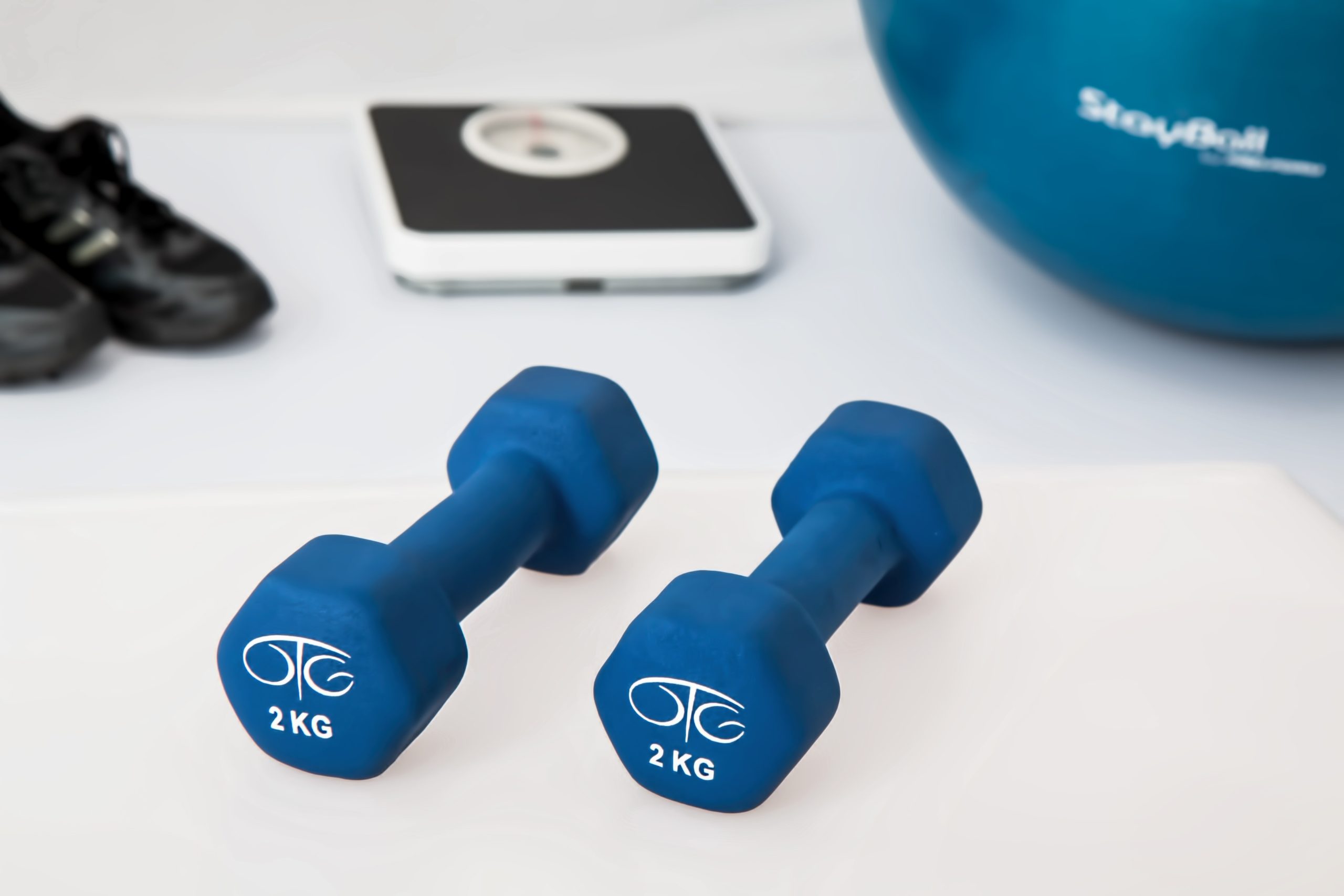Observing a regular exercise routine throughout pregnancy is crucial for overall well-being. It helps you stay healthy and ensures you feel your best during this special time. Regular exercise during pregnancy can improve your posture, reduce common discomforts like backaches and fatigue, and even prevent gestational diabetes associated with most pregnancies.
You could moderate your activity if you were physically active before becoming pregnant. However, it’s important to avoid pushing yourself too hard and instead listen to your body’s cues. Opting for low-impact aerobics is recommended over high-impact exercises to minimize joint strain.
If you’re a competitive athlete who is pregnant, it’s essential to have close monitoring by an obstetrician to ensure your exercise routine aligns with your changing body’s needs.
For those who haven’t exercised regularly before pregnancy, starting an exercise program after consulting with your healthcare provider is still safe. However, it’s best to avoid trying any new strenuous activities. Walking is a safe and accessible exercise option to initiate during pregnancy.
According to a renowned medical body, The American College of Obstetrics and Gynecology states that engaging in moderate exercise for at least 30 minutes per day on most, if not all, days of the week is recommended unless you have a medical or pregnancy complication. It’s always advisable to consult with your doctor to receive personalized exercise guidelines based on your medical history.
Now, let’s explore the types of exercises that are considered safe for your pregnancy. Generally, most exercises can be performed during pregnancy as long as you approach them cautiously and avoid overexertion.
The following activities are known to be safe, effective, and carry minimal risk of injury:
- Swimming: This low-impact exercise provides a full-body workout and is gentle on your joints.
- Brisk Walking: It’s a simple yet effective cardiovascular exercise that can be continued throughout pregnancy.
- Indoor Stationary Cycling: This is a great option for maintaining cardiovascular fitness without putting excess strain on your joints.
- Step or Elliptical Machines: These machines offer low-impact aerobic workouts and help strengthen your muscles.
- Low-Impact Aerobics (taught by a certified instructor): Joining a certified aerobics class specifically designed for pregnant women can benefit your overall fitness.

Tennis and racquetball are generally safe activities, but it’s important to consider changes in balance during pregnancy, as they may affect rapid movements. If you were already jogging before pregnancy, you can do so in moderation. However, choosing exercises that don’t require significant balance or coordination is advisable, especially as your pregnancy progresses.
Now, let’s discuss exercises and activities to avoid during pregnancy, as they may pose risks:
- Holding your breath during any activity should be avoided, as it restricts oxygen flow to you and your baby.
- Activities with a high risk of falling, such as skiing or horseback riding, should be avoided to prevent potential injuries.
- Contact sports like softball, football, basketball, and volleyball should be skipped to minimize the risk of collisions or falls.
- Exercises that involve jarring motions, rapid changes in direction, or potential mild abdominal trauma should be avoided.
- Activities requiring extensive jumping, hopping, skipping, bouncing, or running may strain your joints and should be cautiously approached.
- Movements such as deep knee bends, full sit-ups, double leg raises, straight-leg toe touches, and waist-twisting while standing can put excess pressure on your abdomen and should be avoided.
- It’s important to refrain from bouncing while stretching to prevent injury.
- Avoid exercising in hot and dry weather, leading to overheating and dehydration.
List Of Exercises That You Can Engage In While Pregnant
A. Stretching Exercises: They are beneficial for maintaining muscle flexibility and warmth during pregnancy. Here are some simple stretches you can incorporate into your routine before or after exercise:
- Neck rotation: Relax your neck and shoulders. Drop your head forward and slowly rotate it to the right shoulder, back to the middle, and then to the left shoulder. Complete four slow rotations in each direction.
- Shoulder rotation: Bring your shoulders forward and rotate them up toward your ears, and then back down. Perform four rotations in each direction.
- Swim: Start with your arms at your sides. Bring your right arm up and extend your body forward while twisting to the side, mimicking a swimming crawl stroke. Repeat with your left arm. Perform the sequence ten times.
- Thigh shift: Stand with one foot about 2 feet in front of the other, toes pointing in the same direction. Lean forward, supporting your weight on the forward thigh. Switch sides and repeat. Aim for four repetitions on each side.
- Leg shake: Sit with your legs and feet extended. Gently move your legs up and down in a shaking motion.
- Ankle rotation: Sit with your legs extended and relax your toes. Rotate your feet in large circles using your entire foot and ankle. Complete four rotations to the right and four to the left.
B. Kegel exercises: They are highly recommended during pregnancy to strengthen the muscles that support the bladder, uterus, and bowels. These exercises can also prepare your muscles for labor and help with postpartum recovery. Here’s a step-by-step guide on how to do pelvic floor exercises:
- Find a comfortable position: Sit or lie down with your knees bent. You can choose whichever position feels most comfortable for you.
- Identify the muscles: Imagine you are trying to stop yourself from urinating or passing gas. These are the muscles you want to target during pelvic floor exercises.
- Squeeze and tighten the muscles: Contract and lift the muscles around your back passage as if you were attempting to hold back urine and gas. Make sure to avoid tensing other muscles, such as your abdomen or buttocks.
- Coordinate with your breathing: Inhale as you squeeze and tighten the muscles. Then, as you exhale, relax and release the muscles. Focusing on your breath can help you maintain a steady rhythm.
- Start with quick exercises: Begin by performing quick squeezes of the pelvic floor muscles. Squeeze and release the muscles rapidly without holding the contraction. This helps to establish a connection with the muscles.
- Gradually increase duration: Progress to slower exercises by holding the squeeze for as long as possible, aiming to count up to 10. This helps to strengthen the muscles over time. Remember to continue breathing during the hold and release phases.
- Set a routine: Aim to do three sets of eight squeezes daily. To help you remember, you can associate each set with a mealtime, such as doing one set before breakfast, another before lunch, and the final set before dinner.
Consistency is key when it comes to pelvic floor exercises. Incorporating them into your daily routine can help strengthen these important muscles and improve bladder control.
C. Tailor Exercises: These exercises can help strengthen the pelvic, hip, and thigh muscles while relieving low back pain. Two common tailor exercises are:
- Tailor sit: Sit on the floor with your knees bent and your ankles crossed. Lean slightly forward while keeping your back straight but relaxed. Whenever possible, maintain this position throughout the day.
- Tailor press: Sit on the floor with your knees bent and the soles of your feet together. Grasp your ankles and gently pull your feet toward your body. Place your hands under your knees. Inhale, then press your knees down against your hands while simultaneously pressing your hands up against your knees (counter-pressure). Hold this position for a count of five.
How Soon Can You Get Back To Your Normal Exercise Routine?
After delivering your baby, it’s important to consult your healthcare provider to determine when it’s safe to start exercising again. While you may be eager to get back into shape, it’s crucial to approach it gradually and follow your healthcare provider’s recommendations.
For most women, a low-impact activity can be safely initiated 1 to 2 weeks after a vaginal birth or 3 to 4 weeks after a cesarean birth. During this initial period, it’s advisable to focus on performing about half of your normal floor exercises and avoid pushing yourself too hard. It’s crucial to listen to your body and not overdo it.
Remember that every woman’s postpartum recovery is unique, and the timeline for resuming exercise can vary. Factors such as the type of delivery, complications, and overall health should be considered.
References
FAQs
Q: What are the benefits of exercising during pregnancy?
A: Exercise during pregnancy can help improve mood, boost energy levels, promote better sleep, reduce pregnancy discomforts, enhance muscle tone and strength, and support healthy weight management.
Q: Can I start a new exercise routine during pregnancy?
A: It is generally safe to start a new exercise routine during pregnancy, but it is important to choose activities suitable for pregnancy and gradually increase intensity. Consulting with a healthcare provider is recommended.
Q: How can I modify my exercise routine as my pregnancy progresses?
A: As pregnancy progresses, modifications such as avoiding high-impact activities, adjusting intensity levels, and incorporating more flexibility and balance exercises can help accommodate the changes in your body.
Q: What precautions should I take while exercising during pregnancy?
A: Some precautions include staying hydrated, wearing comfortable clothing and supportive shoes, avoiding overheating, listening to your body’s signals, and modifying or stopping exercises that cause pain or discomfort.
Q: Are there any warning signs that indicate I should stop exercising during pregnancy?
A: Warning signs to stop exercising and consult a healthcare provider include vaginal bleeding, dizziness or feeling faint, chest pain, severe headache, difficulty breathing, or any unusual or severe pain.
Q: Can exercise cause miscarriage or preterm labor?
A: Generally, exercise does not cause miscarriage or preterm labor in healthy pregnancies. However, certain high-risk conditions may require modifications or restrictions on exercise. Consult with a healthcare provider for personalized guidance.
Q: Can I exercise if I have certain pregnancy complications or conditions?
A: Depending on the specific condition, exercise may need to be modified or avoided. Conditions such as placenta previa, preeclampsia, preterm labor, or a history of premature birth may require restrictions on exercise. Consult with a healthcare provider for guidance.
Q: Can exercise help with postpartum recovery?
A: Yes, regular exercise during pregnancy can help prepare the body for postpartum recovery. It can improve muscle tone, weight management, and overall physical and mental well-being after childbirth.





